What Christmas dinner looks like around the world
People celebrate the holiday by feasting on everything from goose to whale blubber
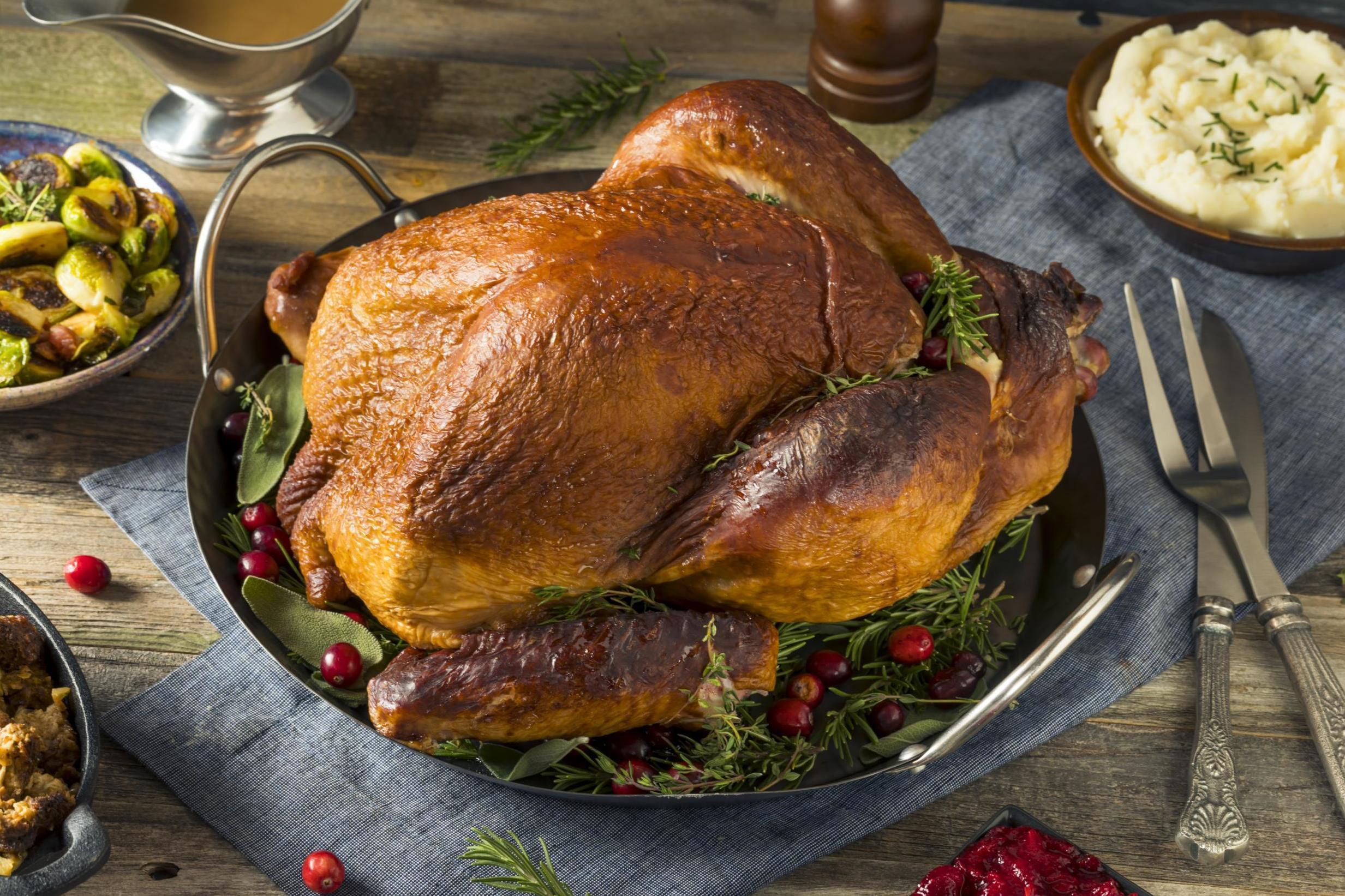
Your support helps us to tell the story
From reproductive rights to climate change to Big Tech, The Independent is on the ground when the story is developing. Whether it's investigating the financials of Elon Musk's pro-Trump PAC or producing our latest documentary, 'The A Word', which shines a light on the American women fighting for reproductive rights, we know how important it is to parse out the facts from the messaging.
At such a critical moment in US history, we need reporters on the ground. Your donation allows us to keep sending journalists to speak to both sides of the story.
The Independent is trusted by Americans across the entire political spectrum. And unlike many other quality news outlets, we choose not to lock Americans out of our reporting and analysis with paywalls. We believe quality journalism should be available to everyone, paid for by those who can afford it.
Your support makes all the difference.No matter where in the world you are, Christmas is about more than tradition and family – it’s also about food.
But what is actually served for Christmas dinner varies by country – with commonplace turkeys rarely having a place on the table outside of the UK and the US.
From Puerto Rican eggnog served in coconut shells to the Swedish egg-and-anchovy mixture gubbröra, traditional Christmas dishes from around the world provide an insight into the various ways that people celebrate and indulge on the holiday.
Sweden
In Sweden, the Swedish julbord or “Christmas table” usually begins with cold fish dishes, then meats, hot food, and dessert.
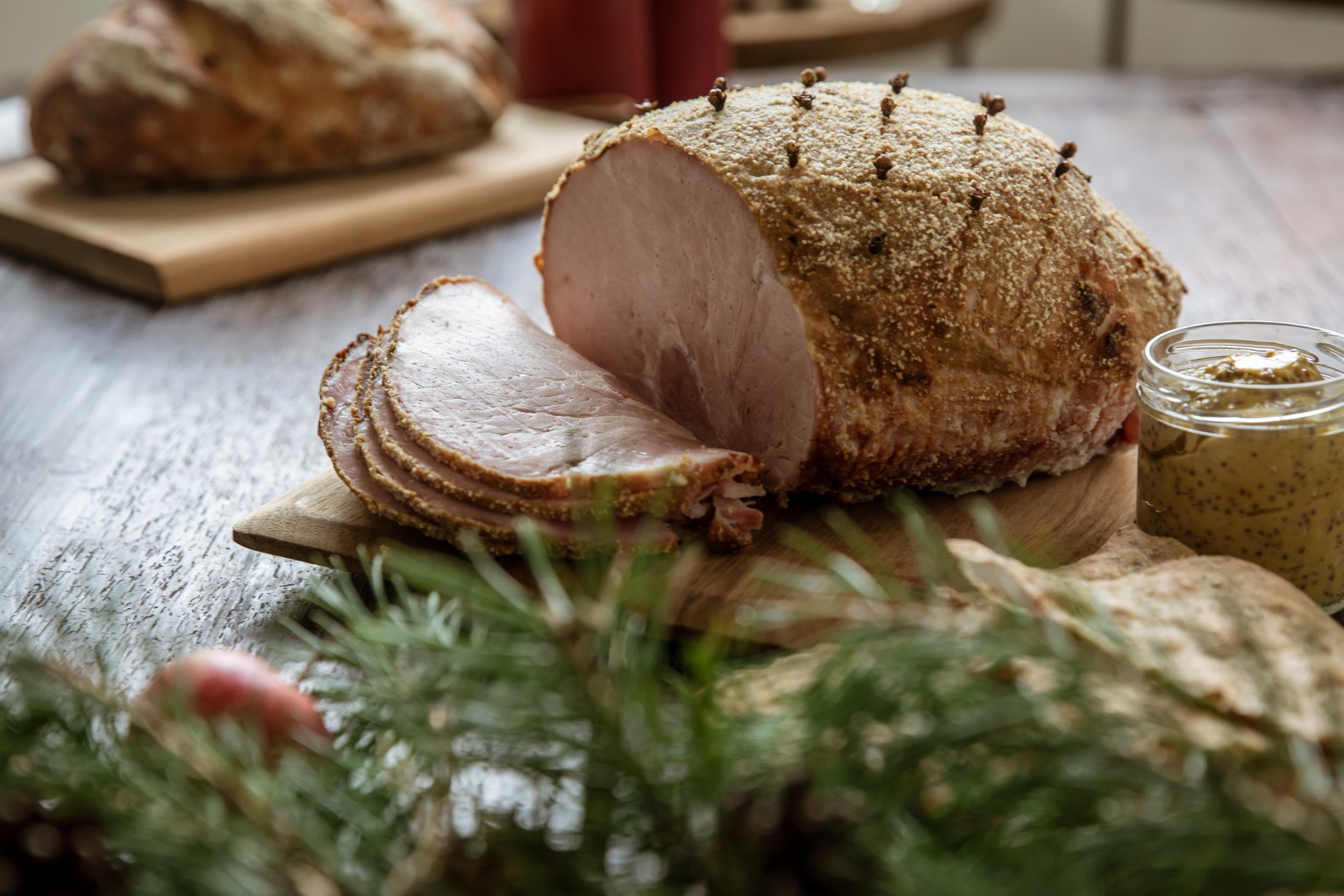
In most instances, the table features a Christmas ham, boiled then glazed with eggs, breadcrumbs and mustard – and served cold.
Apart from the centrepiece, Swedish Christmas dinner usually includes meatballs, lutfisk, a potato and fish dish, and pork sausage.
Libations consist of Glögg, a mulled wine, which is drunk before or after the meal.
Puerto Rico
In Puerto Rico, the national dish and meat component of the meal is a roast suckling pig known as lechón.
The process is quite arduous and requires at least two people turning and watching the pig – often beginning at two in the morning so it is ready in time for Christmas dinner.
Morcilla or blood sausage is also served, as are pasteles or meat pastries.
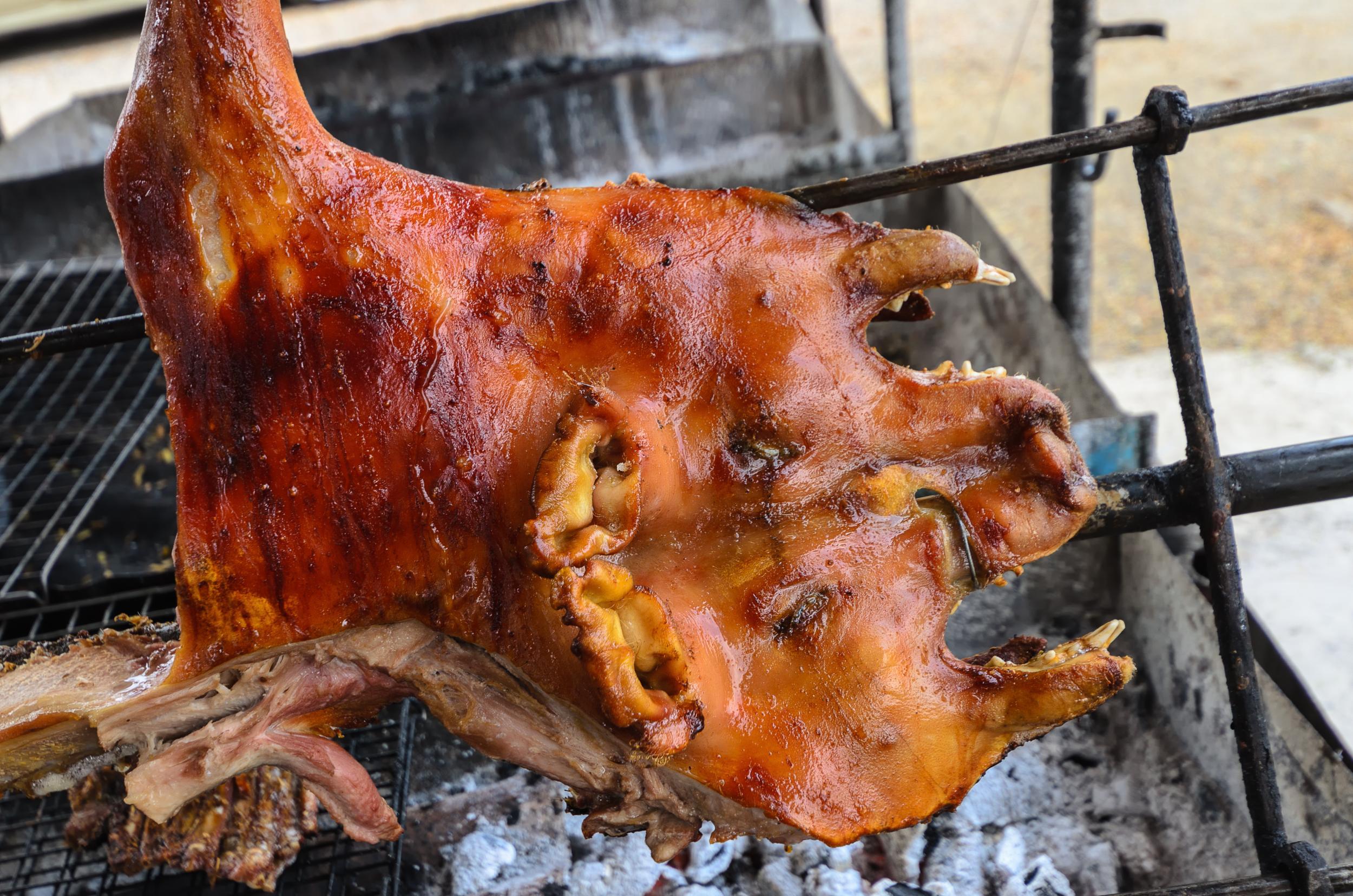
For dessert, tembleque, a coconut-based pudding is perfect when paired with coquito, a Puerto Rican spin on eggnog made with condensed milk, coconut milk and rum.
Japan
Christmas in Japan revolves around fried chicken – with KFC experiencing its busiest time of the year.
The tradition began in 1974 when the chicken brand created an advertising campaign called “Kentucky for Christmas” and it became popular.
Most families have to place their Christmas orders weeks in advance to secure their fried chicken meals.

In addition, traditional Japanese Christmas also sees Christmas cake eaten, especially strawberry shortcake.
Hot sake is also served on the holiday to wash down the meal.
Portugal
To celebrate the holiday in Portugal, most people eat variations of codfish and boiled potatoes.
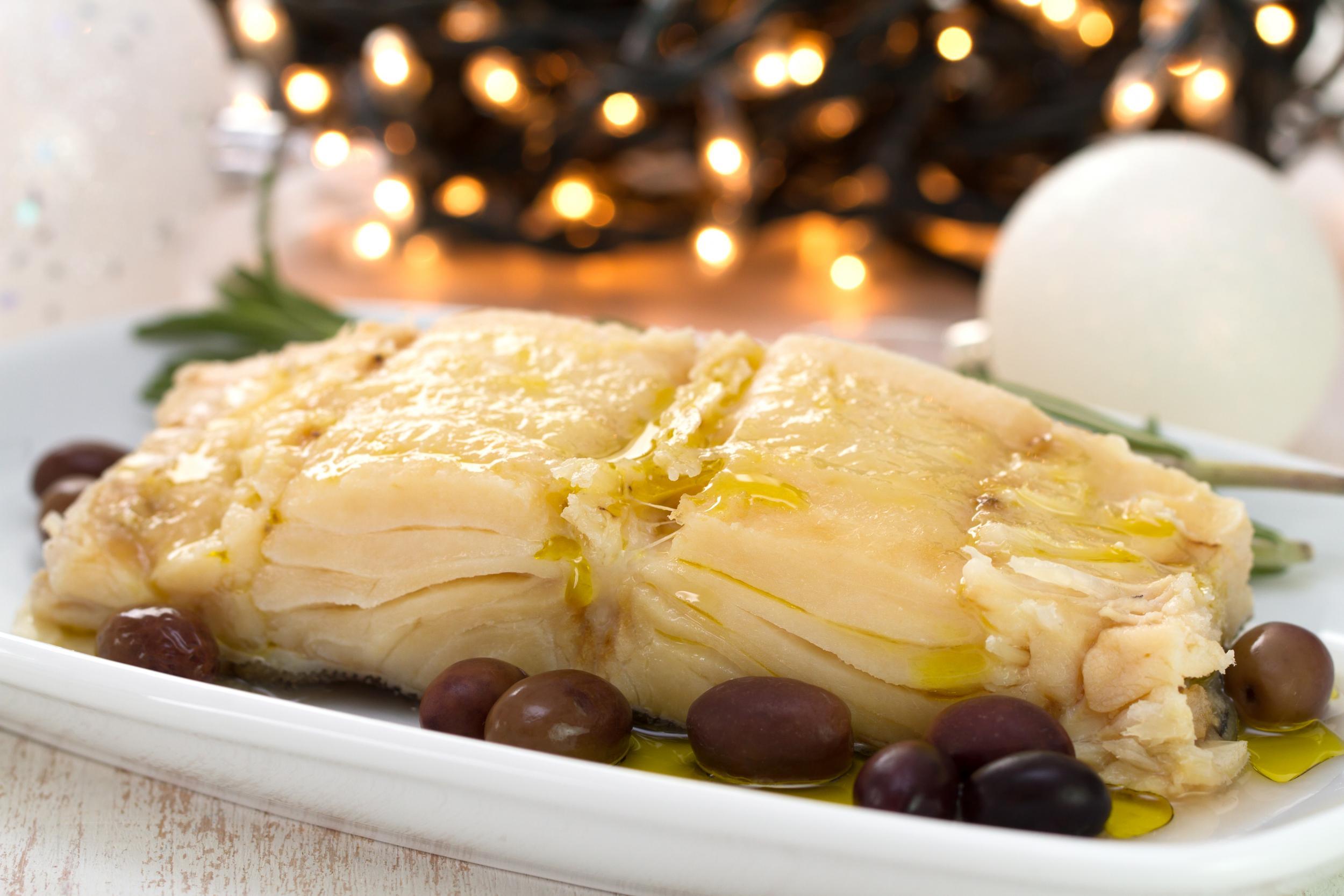
However, it is the variety of desserts and pastries that take centre stage.
There are two types of Christmas cake, Bolo Rei, a nut- and fruit-filled concoction and Bolo Rainha, a variation with no candied fruit.
Other desserts include filhoses, fried dough covered in cinnamon and sugar, and Broa, small sweets made from egg yolk and sweet potato.
Eastern Europe
Lithuania, Poland and Ukraine all offer variations on an intricate 12-dish Christmas Eve feast.
Meat, eggs and milk are all kept off the table by the regulations of the Nativity Fast practiced by the Orthodox and Eastern Catholic churches, and while this fast is not so strictly observed as it once was, one can expect to see an array of pescatarian and grain-based dishes laid out on the table.
The fish dishes usually involve herring, carp or pike, and mushrooms also frequently appear.

Beverages such as dried fruit compote or cranberry kisiel are also common.
The dinner is complete with a range of traditions, that vary by country.
Germany
Christmas in Germany is observed with a dinner involving duck, goose, rabbit or a roast, and sides such as potato and red cabbage dumplings.
For dessert, Stollen, a fruit bread of nuts, spices and dried fruit topped with powdered sugar is a traditional favourite, in addition to gingerbread houses, called pfefferkuchenhaus.

As for beverages, Feuerzangenbowle or “fire tong” punch, a hot mulled wine and rum beverage is popular, as is regular mulled wine, called Glühwein.
Norway
On Christmas Eve, the most popular dish in Norway is roasted pork served with sauerkraut and boiled potatoes.
Whole, steamed sheep’s head is also on the menu, with the ear and eye meant to be eaten first while the brain is taken out and served boiled or fried.

For dessert, Multekrem is made by mixing cloudberries with whipped cream and sugar.
America
In America, Christmas dinner resembles Thanksgiving – there is turkey or ham, stuffing, mashed potatoes and gravy.

For Jewish people living in America, the tradition is to eat Chinese food – with most Chinese restaurants open on the holiday.
Greenland
In a heart-warming tradition, men serve the women throughout the Christmas meal in Greenland.
The meal consists of mattak, strips of whale blubber encased in whale fat, and “kiviak,” a dish of flesh from auks buried in whole sealskin for several months and served once it begins to decompose.

A popular dessert is Christmas porridge served with butter and topped with cinnamon and sugar.
Jamaica
In Jamaica, Christmas dinner is usually prepared the night before, and includes fruits, sorrel, meat and punch.

For dinner, the main may be anything from turkey to curry goat or stewed oxtail.
Britain
Christmas dinner in Britain isn’t complete without turkey, roast potatoes, Brussel sprouts, parsnips, pigs in blankets, stuffing, gravy, and cranberry sauce.
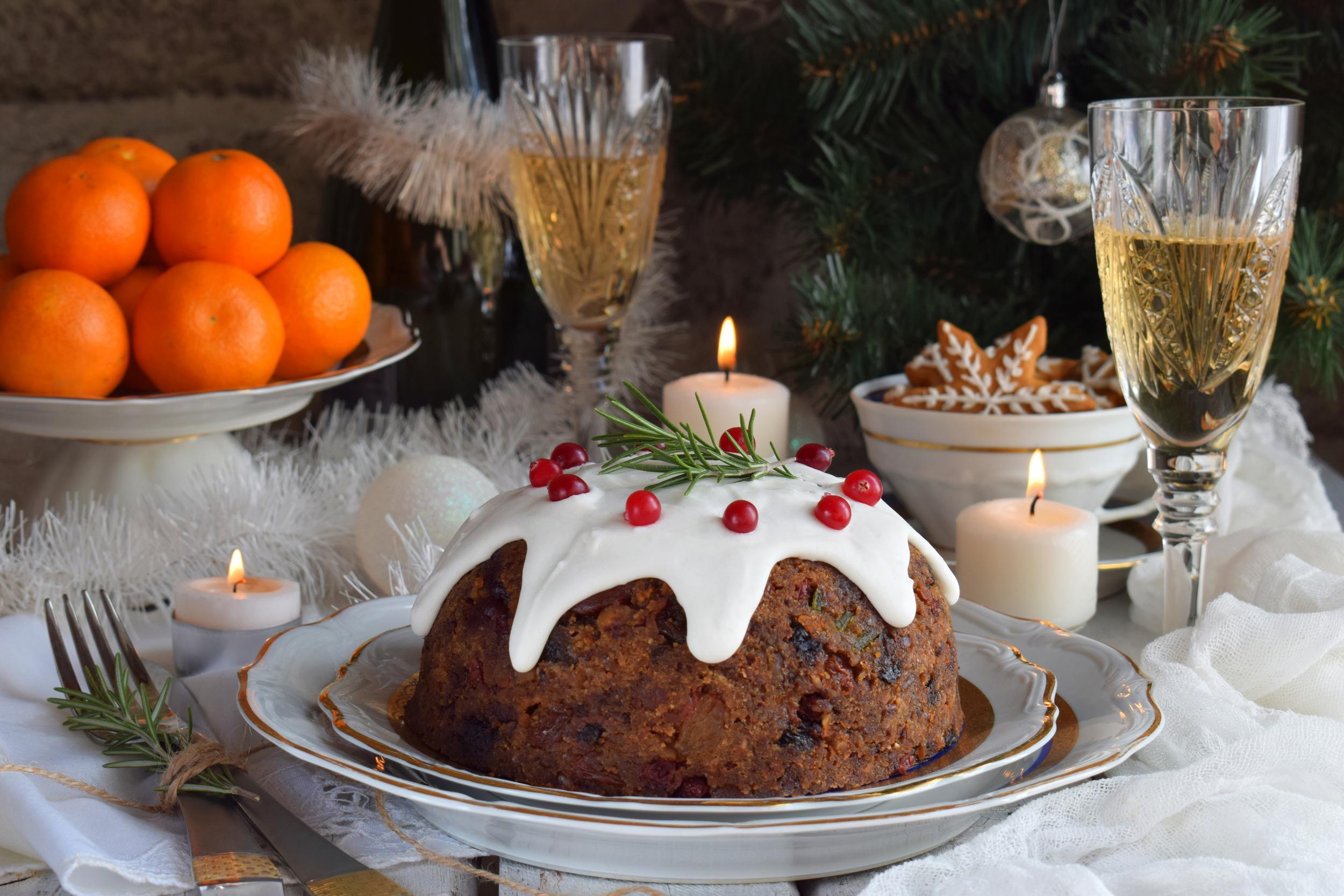
Christmas pudding tops off the end of the feast.
And Christmas dinner wouldn’t be complete without mulled wine.
This article was originally published in 2019



Join our commenting forum
Join thought-provoking conversations, follow other Independent readers and see their replies
Comments